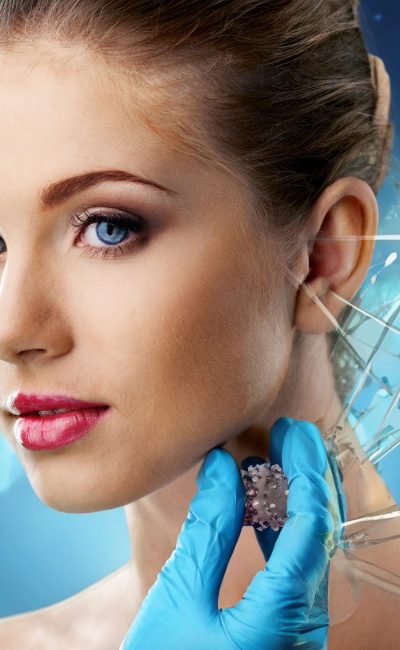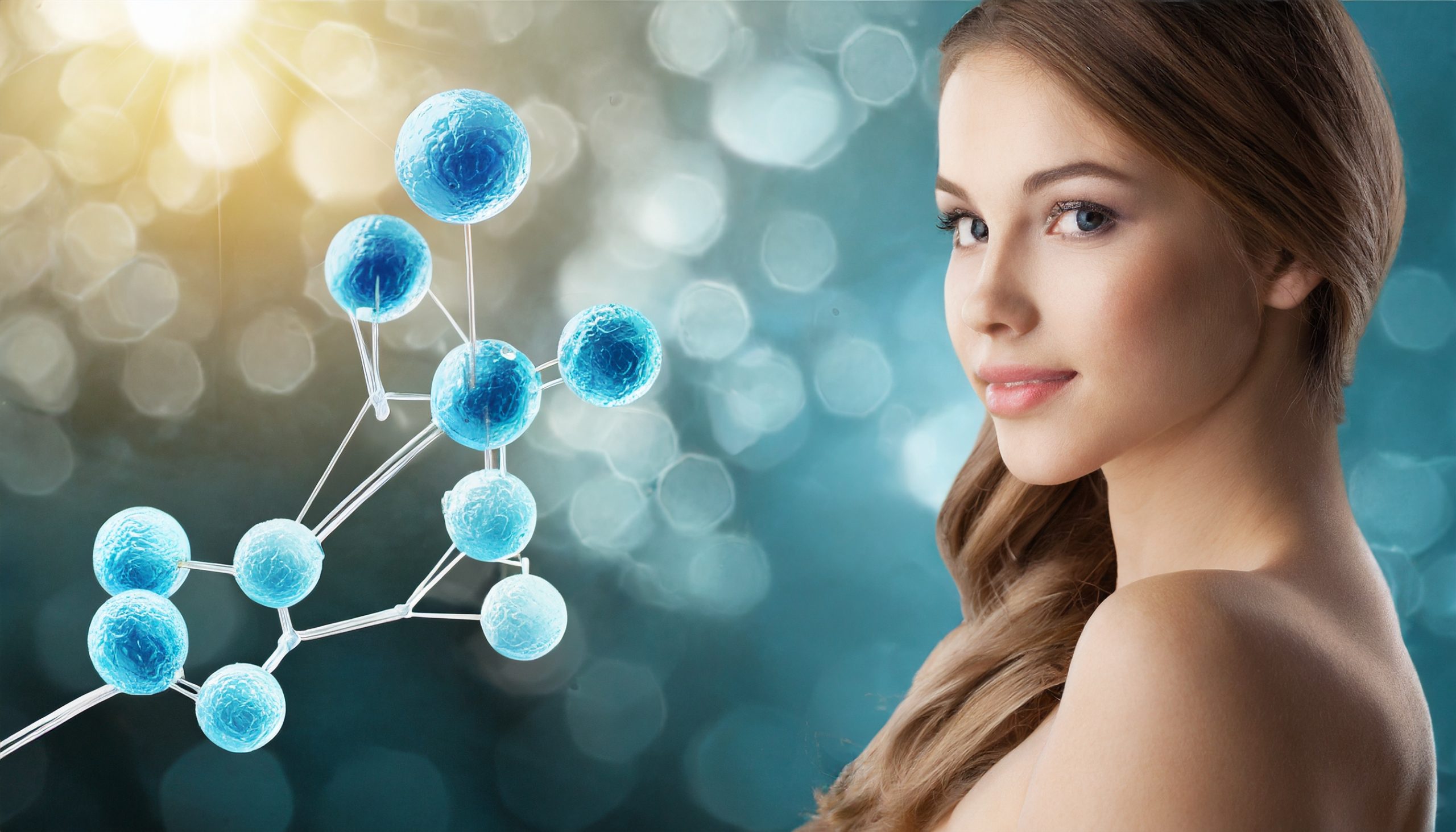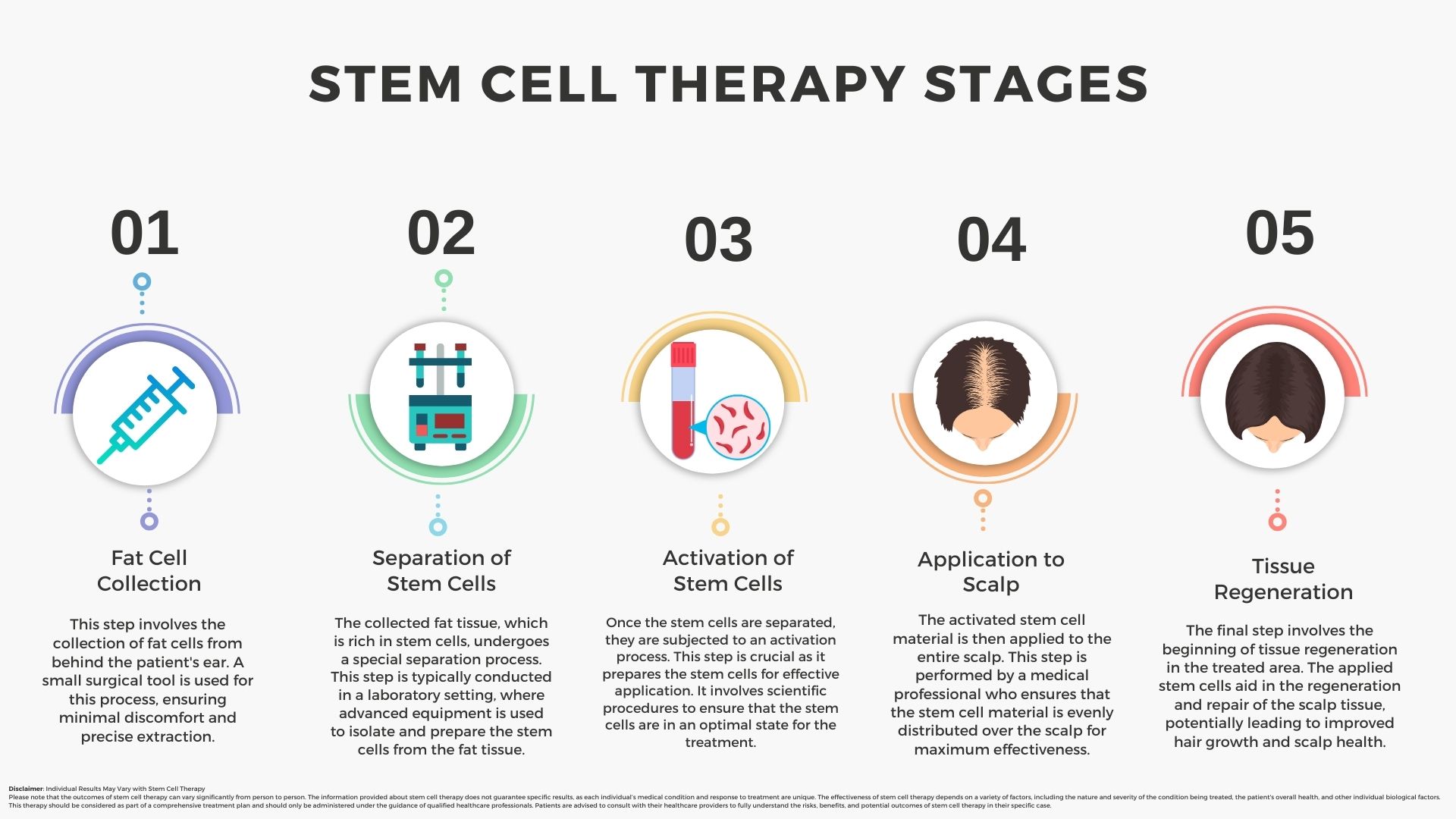
Where in the body do stem cells come from ?
Stem cells are located in various parts of the body. At the Orthobiologics Clinic, we utilize cells harvested from bone marrow and abdominal fat. The stem cells sourced from abdominal fat are referred to as mesenchymal stem cells (MSCs). The treatment involving bone marrow stem cells is also known as BMC, which stands for bone marrow concentrate. Our medical professionals are equipped to provide guidance on the benefits and constraints of each option, tailored to your unique situation.
Embryonic stem cells are derived from embryos that are between 3 to 5 days old, at which point the embryo is referred to as a blastocyst and comprises approximately 150 cells.
These cells are pluripotent, meaning they have the capacity to divide into more stem cells or transform into any cell type in the body. This adaptability makes embryonic stem cells valuable for regenerating or repairing damaged tissues and organs.
Adult stem cells, in contrast, are present in smaller quantities in most adult tissues, like bone marrow or fat. These cells have a narrower range of potential compared to embryonic stem cells, typically giving rise to cell types similar to where they are located.
Previously, it was believed that adult stem cells could only produce cell types similar to their tissue of origin. For example, it was thought that stem cells in the bone marrow could only generate blood cells.
Recent evidence, however, indicates that adult stem cells might have the capability to form different types of cells. For instance, stem cells from bone marrow might be able to develop into bone or heart muscle cells.
This discovery has prompted early clinical trials to evaluate their effectiveness and safety in humans. Currently, adult stem cells are being explored as treatment options for neurological and heart diseases.
Scientists have also been able to convert regular adult cells into stem cells through genetic reprogramming. By modifying the genes in these cells, they can be induced to behave similarly to embryonic stem cells.
This innovative method could potentially allow for the use of reprogrammed cells in place of embryonic stem cells, potentially avoiding immune system rejection. However, the long-term effects of using genetically altered adult cells in humans are still unknown.
In research, scientists have successfully reprogrammed regular connective tissue cells to function as heart cells. Animal studies have shown that injecting these new heart cells into animals with heart failure resulted in improved cardiac function and extended survival.
Perinatal stem cells have been found in amniotic fluid and umbilical cord blood. These cells possess the ability to differentiate into specialized cell types.
Amniotic fluid, which surrounds and protects the fetus in the womb, has been found to contain stem cells. These cells have been identified in amniotic fluid samples obtained during amniocentesis, a diagnostic and therapeutic procedure performed on pregnant women.
How does the procedure work ?
The operation takes place in a surgical theatre under general anesthesia. Stem cells are harvested either from your abdominal fat or hip bone using a specialized needle and syringe. The extracted fluid is then processed in a specialized closed-circuit system to segregate its different components. Subsequently, the layer containing concentrated cells is isolated and injected into the affected joint, guided by x-ray imaging. The entire procedure lasts about 60 minutes, and you will be able to return home on the same day.








